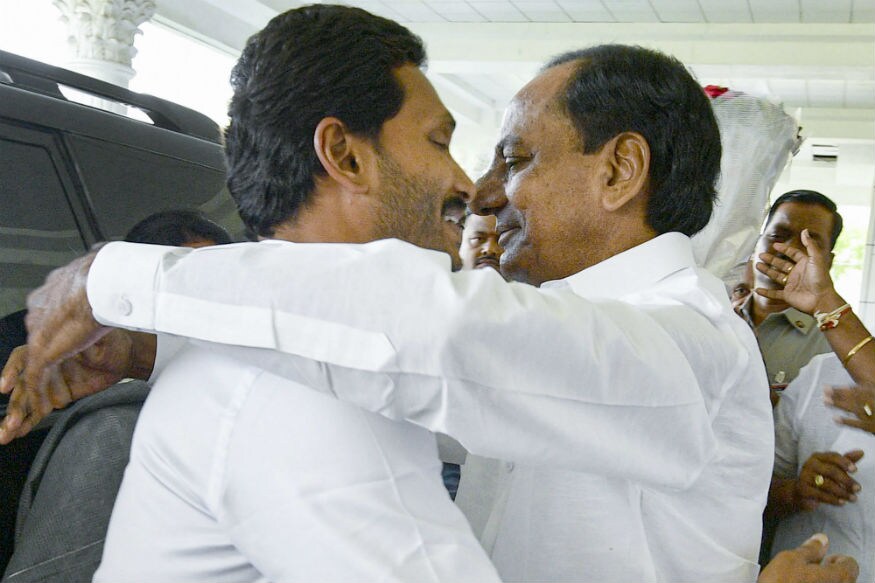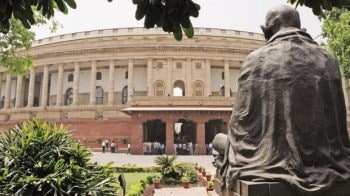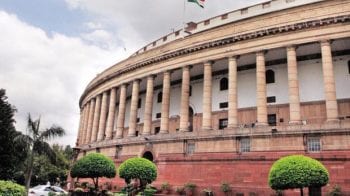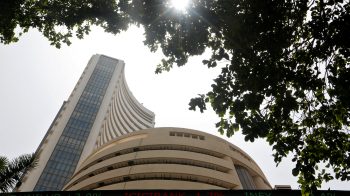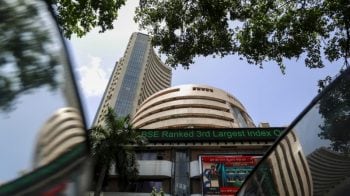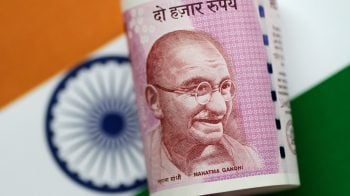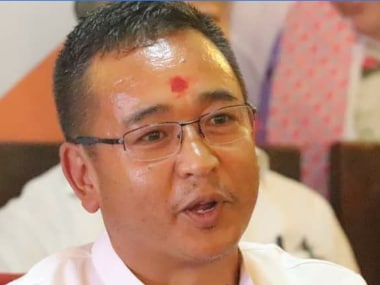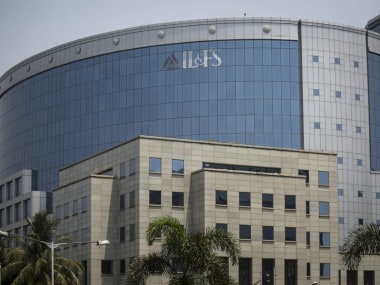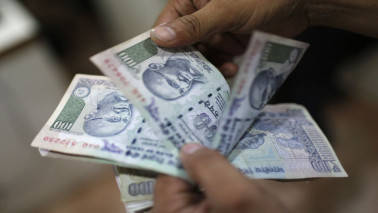Modi government's second term comes with hefty challenges and would be a real testing time for delivering on promises. With ambitious commitments for agriculture, major reforms and investments are expected to flow.
Post a clear electoral mandate, it is now time for a reality check. The second term of the ruling party comes with string of challenges and this will be an actual testing time of performance against promises.
The target timeline for doubling farm incomes (2022) falls during the current tenure. With income growth clearly lagging, the task seems daunting. Mounting agricultural distress and predictions of a weak monsoon only add to the woes.
Sustainable long-term structural change that reduces the dependence of teeming millions on agriculture is the need of the hour rather than a patchwork of populist solutions like MSP (minimum support price) hike and loan waivers. While a quick response to anomalies does help, long-term structural reforms need to be carried out before farmers see any increase in their incomes.
Farm income trends
The much-talked about farm income remains one statistics which is neither defined properly nor is released consistently. There are 2-3 reports from which the data can be taken, but there too the latest numbers are missing.
In such a case, there seems to be no defined way to appraise the performance. Given the situation, much is dependent on anticipation and conclusions which we can draw from the current economic state.

While incomes saw an uptick until 2016, there is a general consensus that post 2016, there has been a slowdown in the overall income growth for farmers. Much is also inferred from the overall sharp slowdown in the food inflation, which should be directly related to farmers’ income.
That said, the majority of the growth in the earlier numbers could also be attributed more to a downfall in the number of farmers over the years, rather than any strong upward trend in the absolute income.
Over the years, the gap between farm and non-farm income in rural areas has also been widening. Despite measures to boost crop yields and productivity, per capita income of farmers has not improved. In fact, the gap has widened with farm income now one-fourth the size of non-farm income, compared to one-third some years ago.
The irony of improving output
For centuries, Indian farm policies focussed on improving productivity levels of land. While there has been some success on that front, increased output has become another nightmare for the farming community.
Both crop failure and high crop output seem unfavourable for farm incomes. With increasing productivity, the crop prices in the wholesale markets crashed, going significantly below the MSPs (minimum support prices). This weakness in commodity prices resulted in steep reduction in the returns for the farmers.
Moreover, there has been a continuous uptick in input prices over the years in the form of seeds, fertilisers and the like. This creates a bigger hole in farmers' pockets.
Due to inadequate and skewed procurement, the implementation of the MSP support system as announced in 2018 remained flawed. Inadequate procurement coupled with lack of access to storage facilities resulted in bulk landing of produce in the wholesale market, leading to prices crashing. Most crops were traded substantially below their proposed MSP prices in the last season.
In addition, the inconsistent system of cost plus 50 percent disturbs the demand-supply situation, with farmers producing crops based on MSPs without gauging the demand for a commodity. This further hampers the overall returns for farmers and distorts farm economics in the longer term.
High cost of loan waivers
The myopic patchwork of farm loan waivers remains a populist measure, which comes at high costs. According to reports, loan waivers during the past 2-3 years have been more than Rs 1,80,000 crore or nearly 20 percent of the total bank NPAs and around 29 percent of India’s fiscal deficit target for FY19. Such a huge amount deserves attention as to why this was rather not utilised to increase procurement or develop rural infrastructure.
Despite the heavy costs, the benefits of farm loan waivers accrue only to a handful 15 percent farmers, given that most farmers do not borrow from the official credit institutions. Moreover, the impact of loan waivers on credit discipline in the country is a matter of debate.
Outlook
Agrarian distress is a common theme in the electoral politics. Though the government introduced some policies which could have helped the agri community, flawed implementation makes one wonder how real benefits would actually flow in.
Government’s inability to provide adequate storage infrastructure, unequal allocation of water resources between crops, unmanaged imports, weak incentives for allied farm activities, low concentration of high value crops, skewed crop acreages and unjustified margins of middlemen and traders are some of the issues farmers constantly face.
In order to move even substantially towards the target of doubling farm income and expanding margins, the government needs to make agriculture profitable and kickstart industrialisation to reduce the number of people who depend on agriculture or the agrarian economy. Short-term eyewash schemes are only temporary solutions and would further aggravate the issue of agrarian distress.
Massive reforms and impeccable grassroots level implementation might be the need of the hour in order to fulfil the promise, so widely publicised and played on. The result might be the deciding factor for evaluation of performance and the promises of the government. Actual results and not mere revision of data is what is needed.
For more research articles, visit our Moneycontrol Research Page.
































